Optimal Timing for Window Installations
Windows installations are often scheduled based on project timelines, weather conditions, and system availability. Optimal timing ensures minimal disruption and efficient completion, especially for large-scale or commercial setups.
Spring offers moderate weather conditions, making it suitable for outdoor and window-related projects. It allows for timely completion before the hotter summer months.
Summer can be ideal for indoor installations, especially in regions with mild temperatures. However, extreme heat may cause delays or require additional precautions.
Fall provides cooler temperatures and less humidity, which can be beneficial for outdoor window work and ensures proper sealing before winter.
Winter is generally less preferred due to cold weather and potential for snow, but in milder climates, it can be a good time for indoor projects or if scheduling flexibility exists.
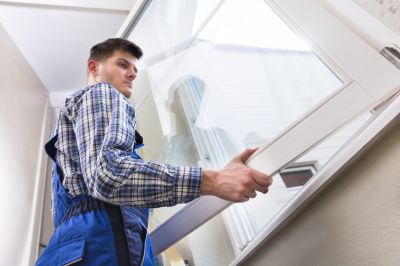
Spring is a popular time for window installations due to favorable weather conditions.
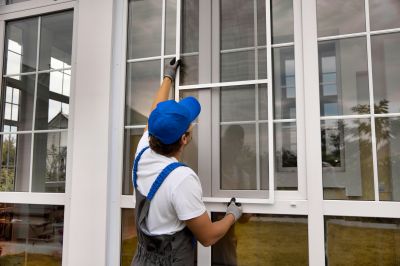
Summer offers longer daylight hours for efficient outdoor work.
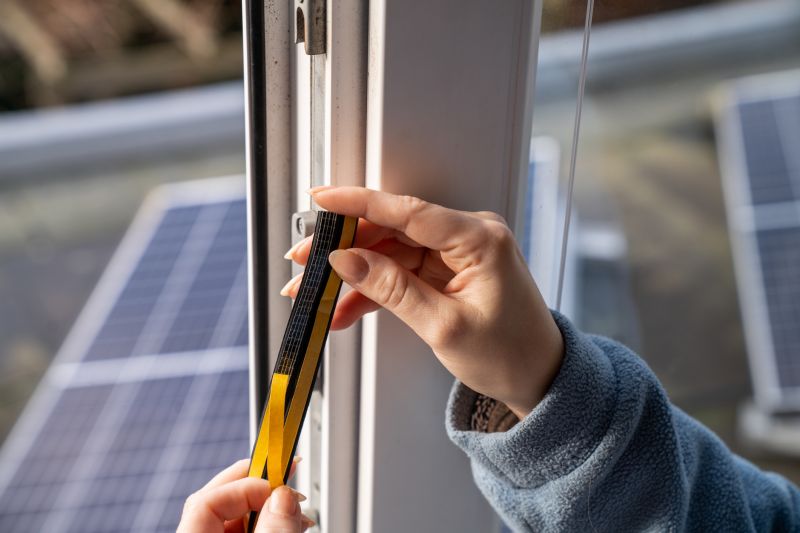
Fall ensures proper sealing before winter's cold weather.

Winter is suitable for indoor window projects in milder climates.
Proper timing for Windows installations can improve energy efficiency, reduce costs, and extend the lifespan of window systems. Factors such as local climate, project scope, and scheduling flexibility play vital roles in determining the best period for installation activities.

Indoor installations are less affected by weather and can be scheduled year-round.

Outdoor projects depend heavily on weather conditions for safety and quality.
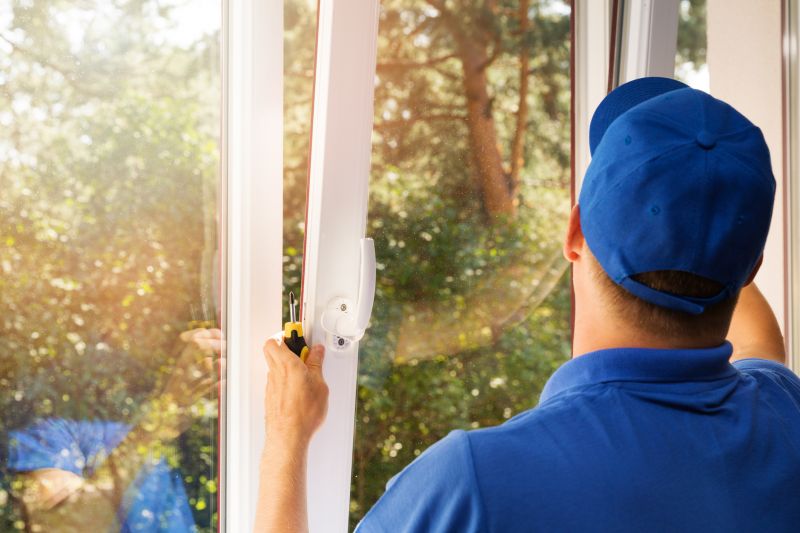
Preparing for seasonal changes ensures windows are installed at optimal times.
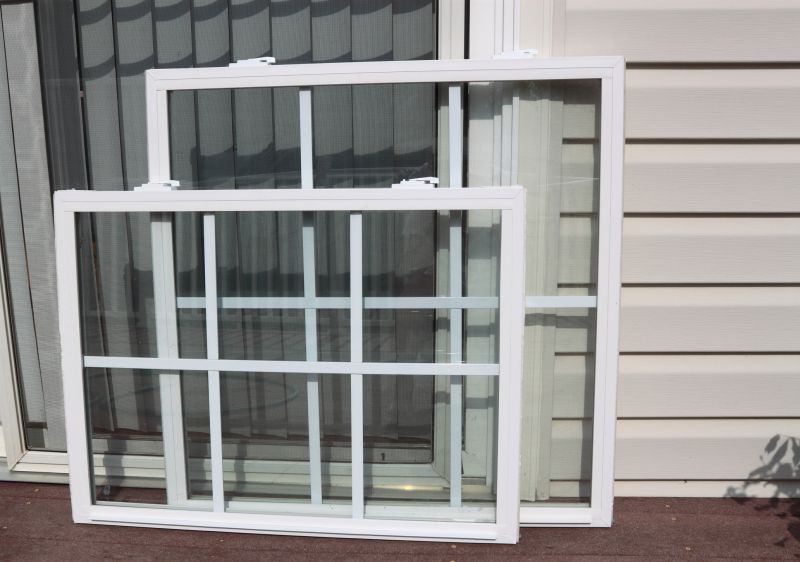
Flexible scheduling can accommodate seasonal weather patterns for better results.
| Season | Ideal Conditions |
|---|---|
| Spring | Moderate temperatures, low humidity, good for outdoor and indoor installations. |
| Summer | Longer daylight hours, but potential heat delays outdoor work. |
| Fall | Cooler temperatures, less humidity, ideal for sealing before winter. |
| Winter | Suitable for indoor projects, less ideal for outdoor work in cold climates. |
Choosing the right time for Windows installations can contribute to smoother project completion and better performance. Factors such as local weather patterns and project urgency should be considered when planning installation schedules.

Effective planning aligns installation activities with favorable weather conditions.
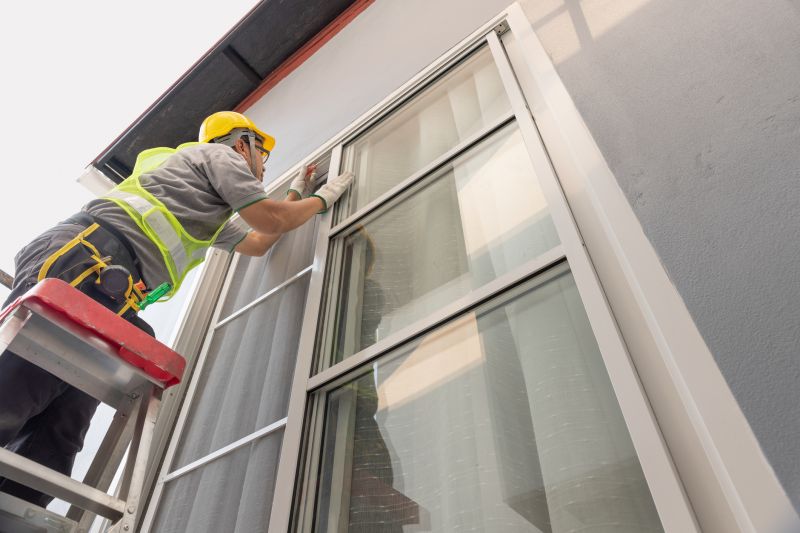
Monitoring weather forecasts helps avoid delays caused by adverse conditions.
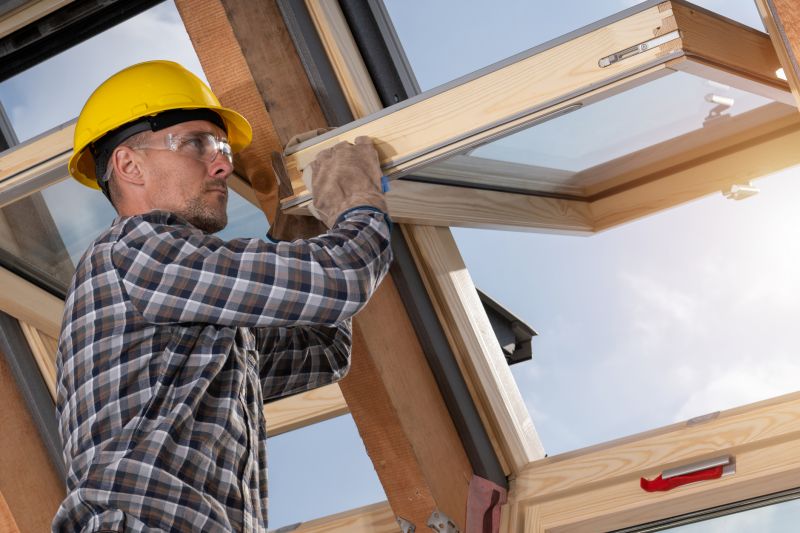
Scheduling during optimal seasons ensures timely completion.

Professional installers often have availability during off-peak seasons.
Interested in scheduling a window installation? Filling out the contact form provides an opportunity to discuss timing options and project details with experienced professionals.


